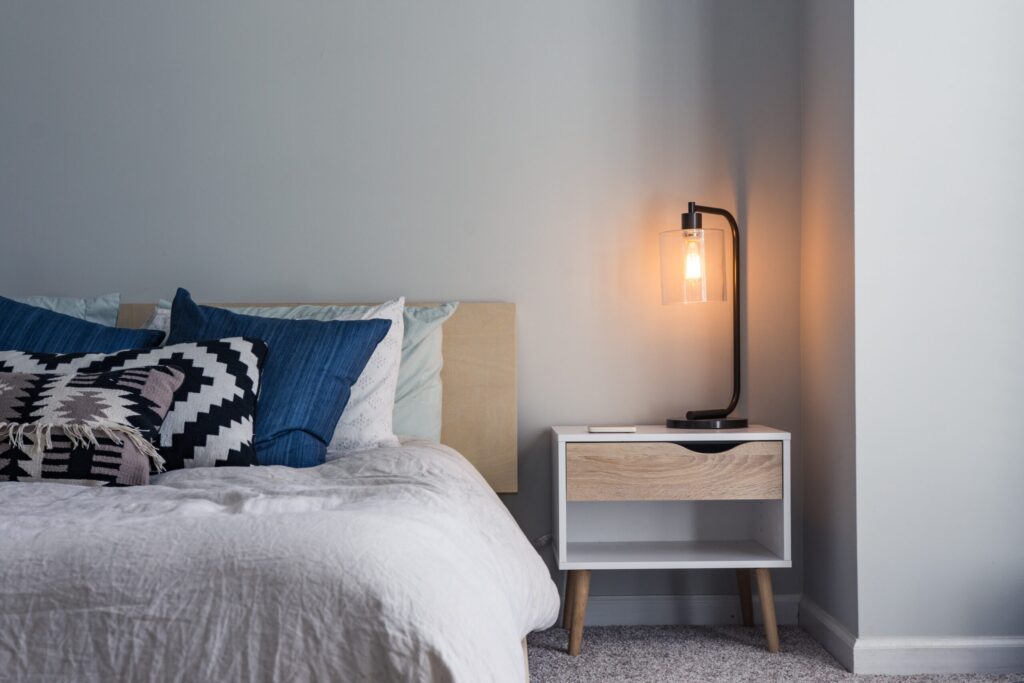
- No Comments
- By Titian Homes
- Landlords ,
Single Let to HMO – how to know if you can make the transition?
Can you turn my single let into a HMO? In short the answer is maybe! However we need to dig into the details to fully understand if you can convert your property into a fully fledged compliant HMO.
Let’s first understand the difference between the terms Single let, multi-let and HMO.
What is a single let?
A single let doesn’t necessarily mean just one person, but one ‘tenancy’ where you will typically have an individual, couple or family. The whole property is let exclusive of any bills and for a longer term tenancy of 1 year or more.
What is shared accomodation?
There are a few terms that can be used to describe a shared accommodation scenario in property.
The first is a broad term which is multi-let. This will involve ‘multiple’ tenants sharing one property and they will typically rent just one bedroom and share the communal lounge, kitchen and bathroom(s).
You have a term which is HMO – this is a house of multiple occupancy and is similar to the term ‘multi-let’ but is specifically where you have more than three people who are not one family sharing the property. These are normally let inclusive of the bills and have a higher tenant turnover which increases the amount of work and admin involved in them.
Tenancy arrangements in shared accommodation can vary. The most typical scenarios include:
- One tenancy agreement which each person in the property signs. You all share the property and its facilities and don’t have exclusive possession of any part, even though in practice you may agree to occupy a particular bedroom and pay individual contributions towards the rent. This is a joint tenancy.
- Each person in the property has their own tenancy agreement because they each have exclusive possession of one specific room while sharing other facilities such as the kitchen. In this case, each person has a sole tenancy.
- One person in the property signs the tenancy agreement and has a sole tenancy. They then sub-let rooms separately to other people either as sub-tenants or as lodgers.
In terms of seeing if you can convert your single let into a HMO property there are a few questions you need to ask yourself…
- Is there an article 4 direction in your area
An article 4 direction is essentially where you have to go through planning permission with your council before you are able to convert your single let into a HMO. In order to find out if your area is in an article 4 area, you can simply head to you council’s website and search under HMO to see if your council has put in an article 4 direction for HMOs. If you cannot find it on the site, you can always drop your council an email or give them a call to double check.
If there is an article 4, then it is a more lengthy and complex process to get a license in order to use your property as a HMO and there is no guarantee that you will be able to get the license as it is completely under the discretion of the council. They will look at things such as how many HMOs are already in your road or nearby or if your street is in a conservation area.
If there is not an article 4 direction in your area then you are able to easily convert your property.
- Does your area get demand for rooms?
The big question is, is there enough demand for individual rooms in your area? You can do this by speaking with local letting agents to understand the demand or speak to other HMO landlords in your areas.
If you find that there is demand, then it’s a great sign that you should rent your property on a room by room basis!
- Last step, do you need to get a HMO license and what measures need to be put in place to be compliant?
Dependent on your area, your council may stipulate conditions which may mean that you need a HMO license in place in order to let your property on a room by room basis to individuals who are not related to each other. Even if you don’t need a HMO license, there will be other criteria your property should meet in order to meet the regulations.
These can include rooms being more than a certain size, fire doors, thumb locks, fire alarms, smoke detectors and more. You can find all of what is required on your local councils website or by even giving the local HMO officer a call and arranging for them to view your property.
Lastly, if you need any advice on the above do not hesitate to get in touch as we are more than happy to help and advise you


